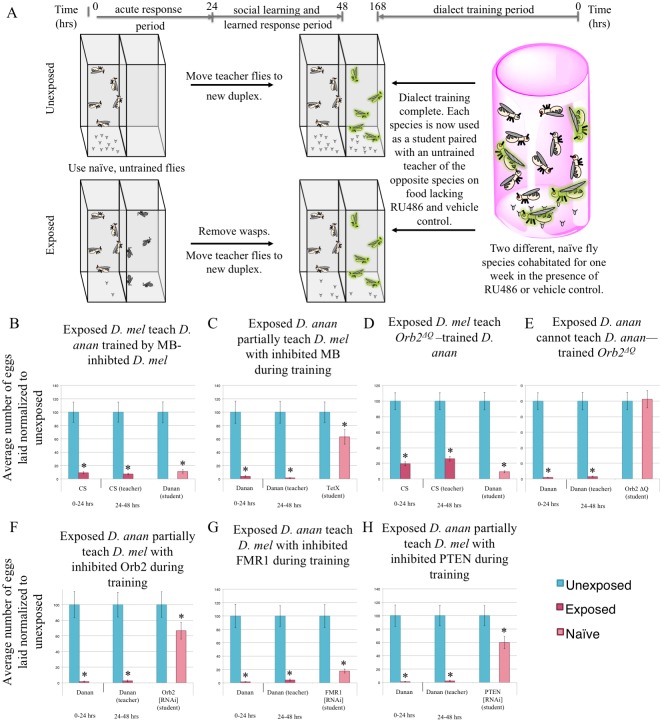Fig 7. Genetic perturbations reveal a critical role of the mushroom body and memory proteins for dialect learning.
(A) Experimental design of dialect training for flies being fed RU486 or methanol that are used as students. Both species are fed either RU486 or methanol during dialect training. Two species are co-incubated for one week prior to being used as students for naive, untrained teacher flies of the opposite species. Standard Drosophila media is used once the training period is over. Percentage of eggs laid by exposed flies normalized to eggs laid by unexposed flies is shown. Communication between trained students D. melanogaster and D. ananassae trained by flies expressing tetanus toxin (UAS-TeTx) in the mushroom body (MB) shows that the MB serves a critical role during the training period. D. ananassae learn from D. melanogaster with an inhibited MB, demonstrating that a functional MB is not needed to confer information during the training period (B, C). Communication between trained students Orb2ΔQ and D. ananassae shows that Orb2 is required in students, but is dispensable for teachers to D. ananassae (D, E). Communication between D. ananassae and students co-incubated with D. ananassae that have RNAi-mediated Orb2 knockdown in the MB through RU486 feeding shows that the MB requires Orb2 during the training period (F). Communication between D. ananassae and students co-incubated with D. ananassae that have RNAi-mediated FMR1 knockdown (strain #24944) in the MB through RU486 feeding shows that FMR1 is not required in the MB during the training period (G). Communication between D. ananassae and students co-incubated with D. ananassae that have RNAi-mediated PTEN knockdown in the MB through RU486 feeding shows that PTEN is required in the MB during the training period (H). Error bars represent standard error (n = 12 biological replicates) (*p < 0.05).

